Archive
2021
KubaParis
Panorama
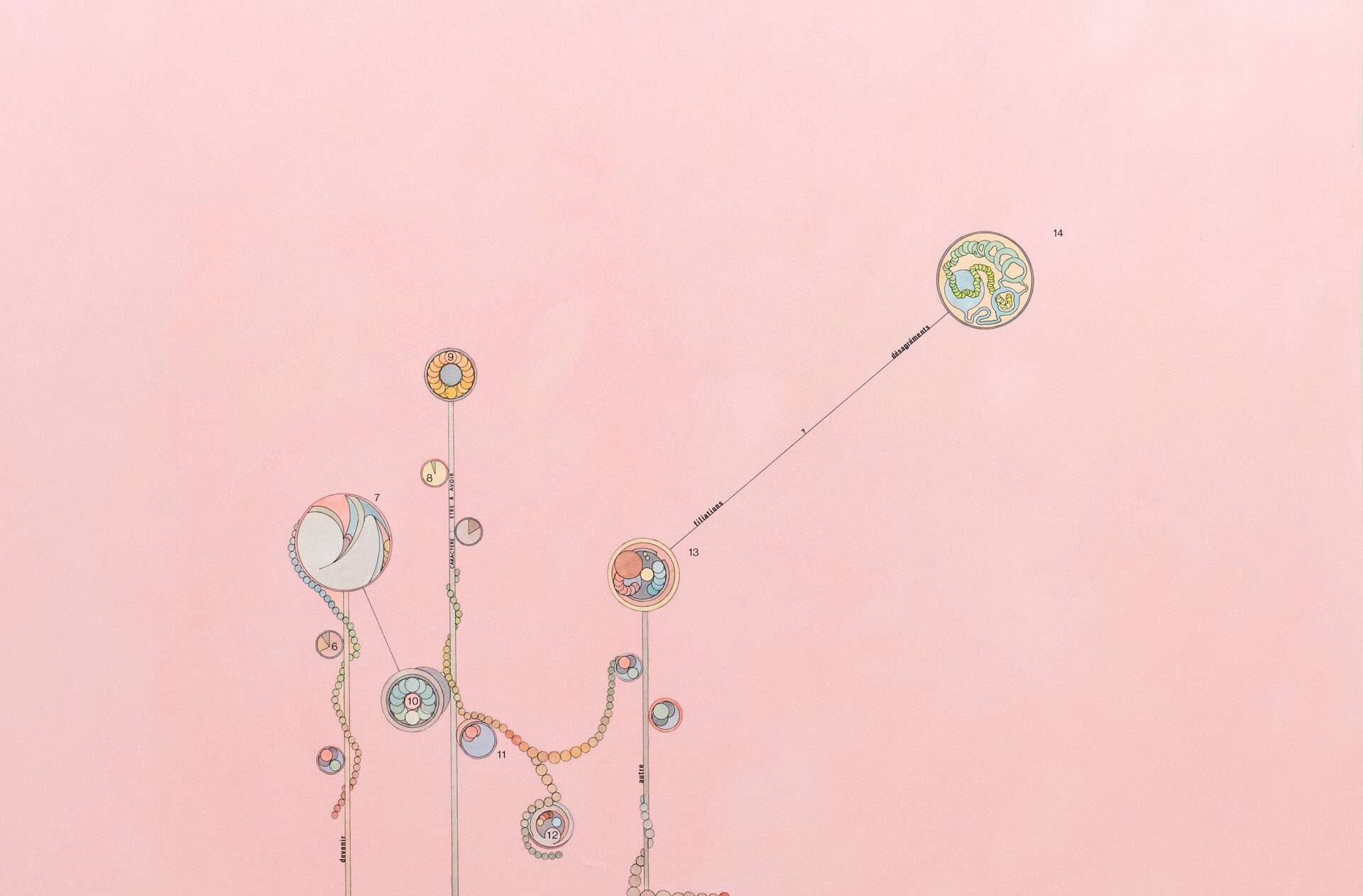
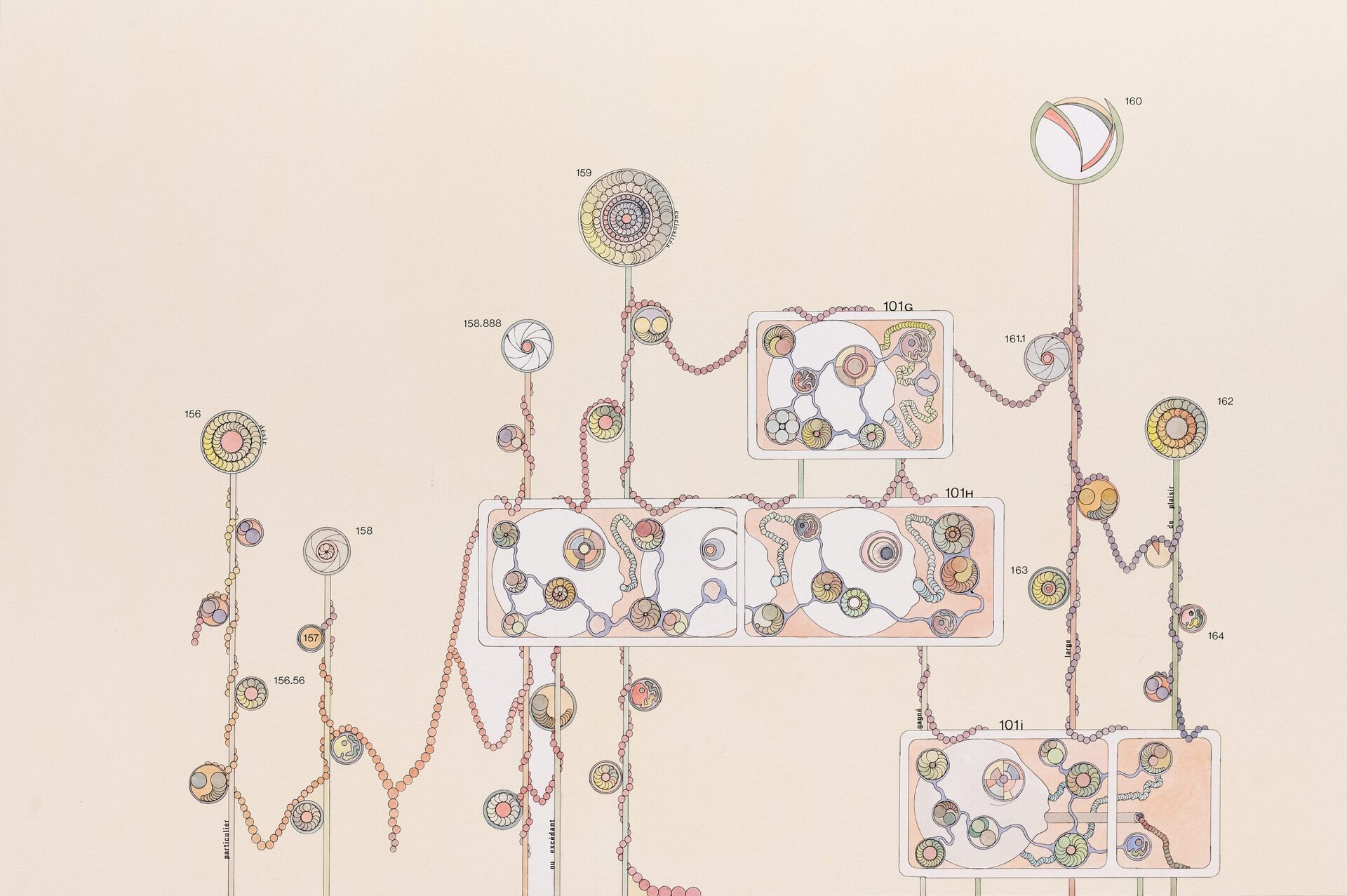
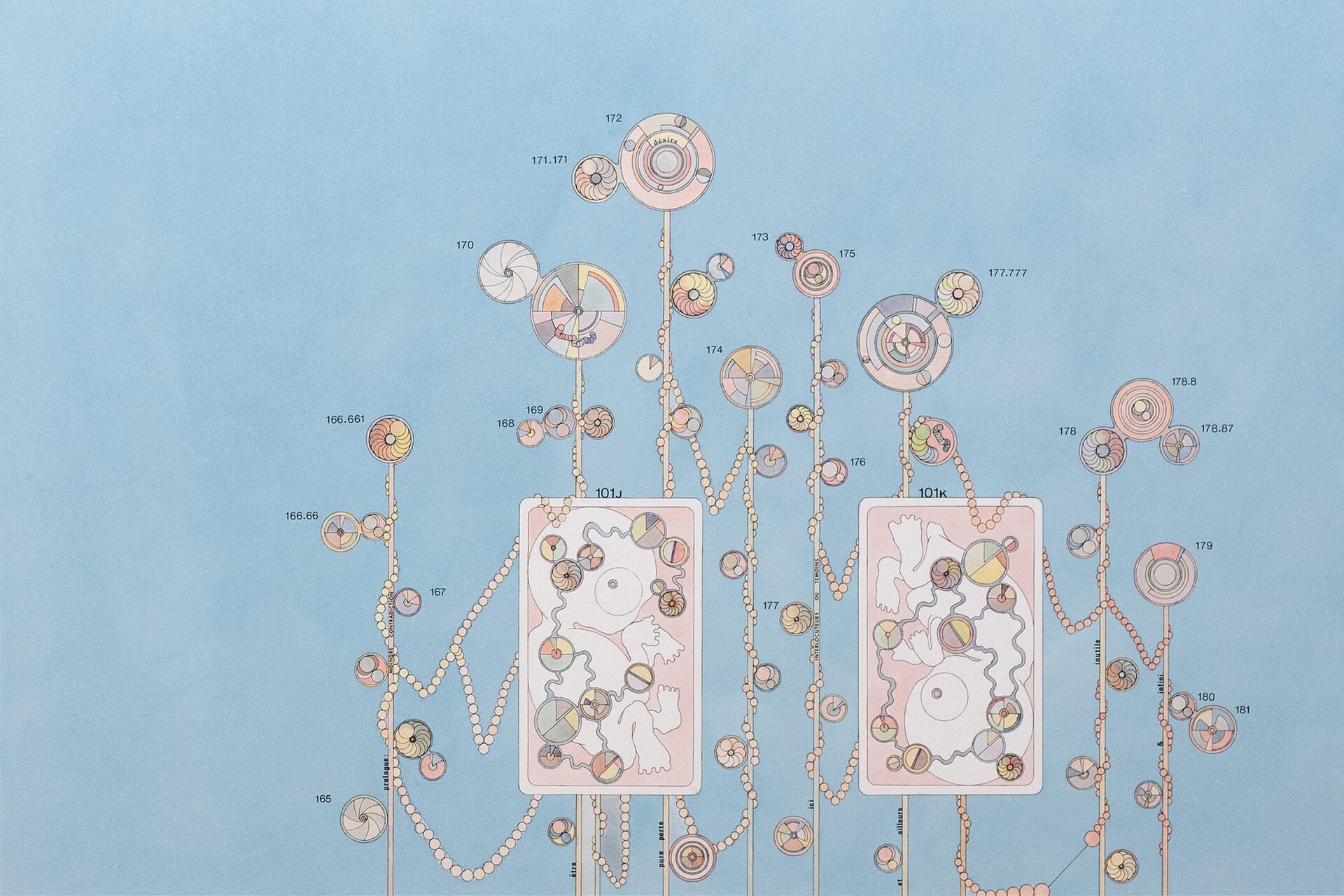
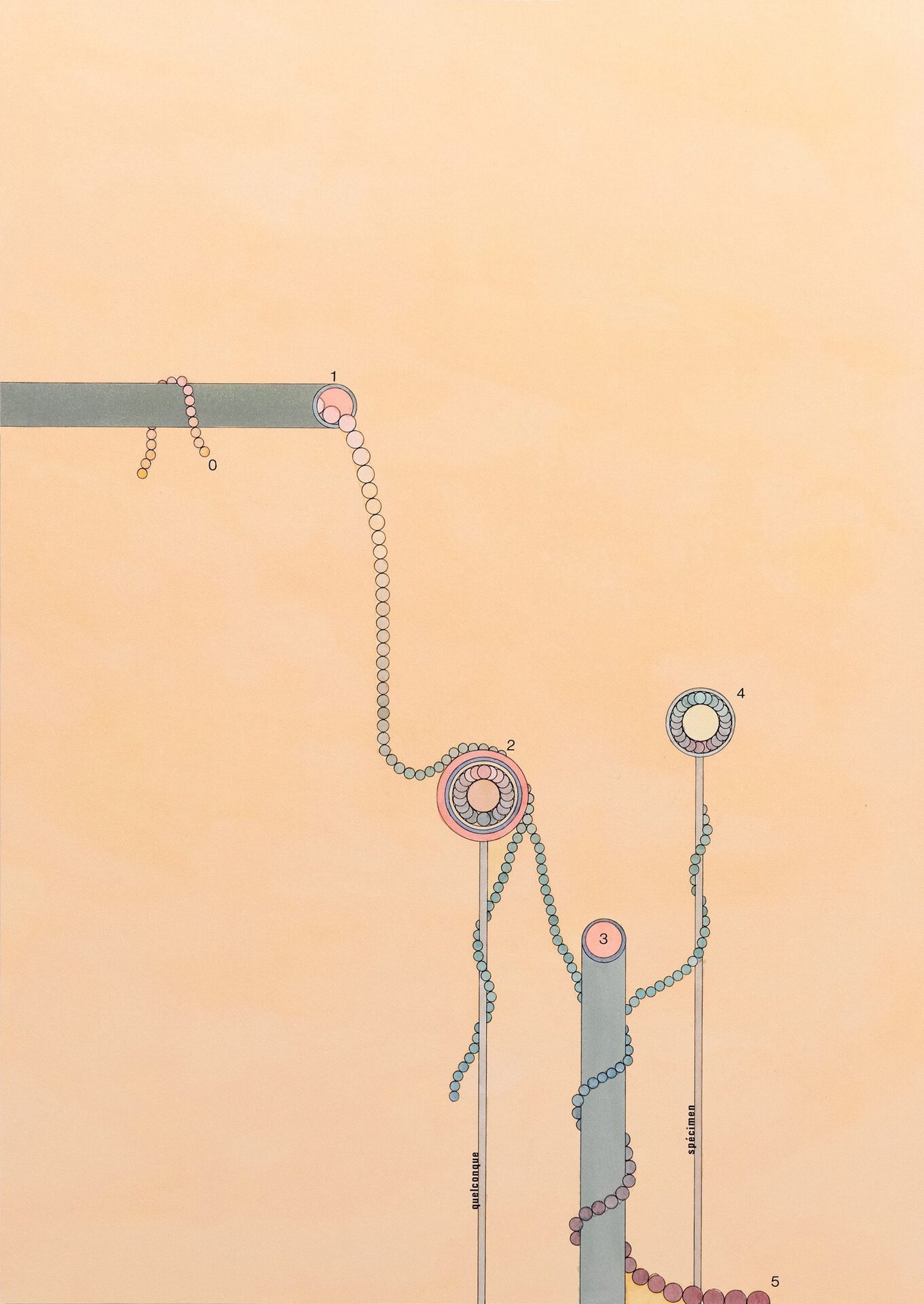
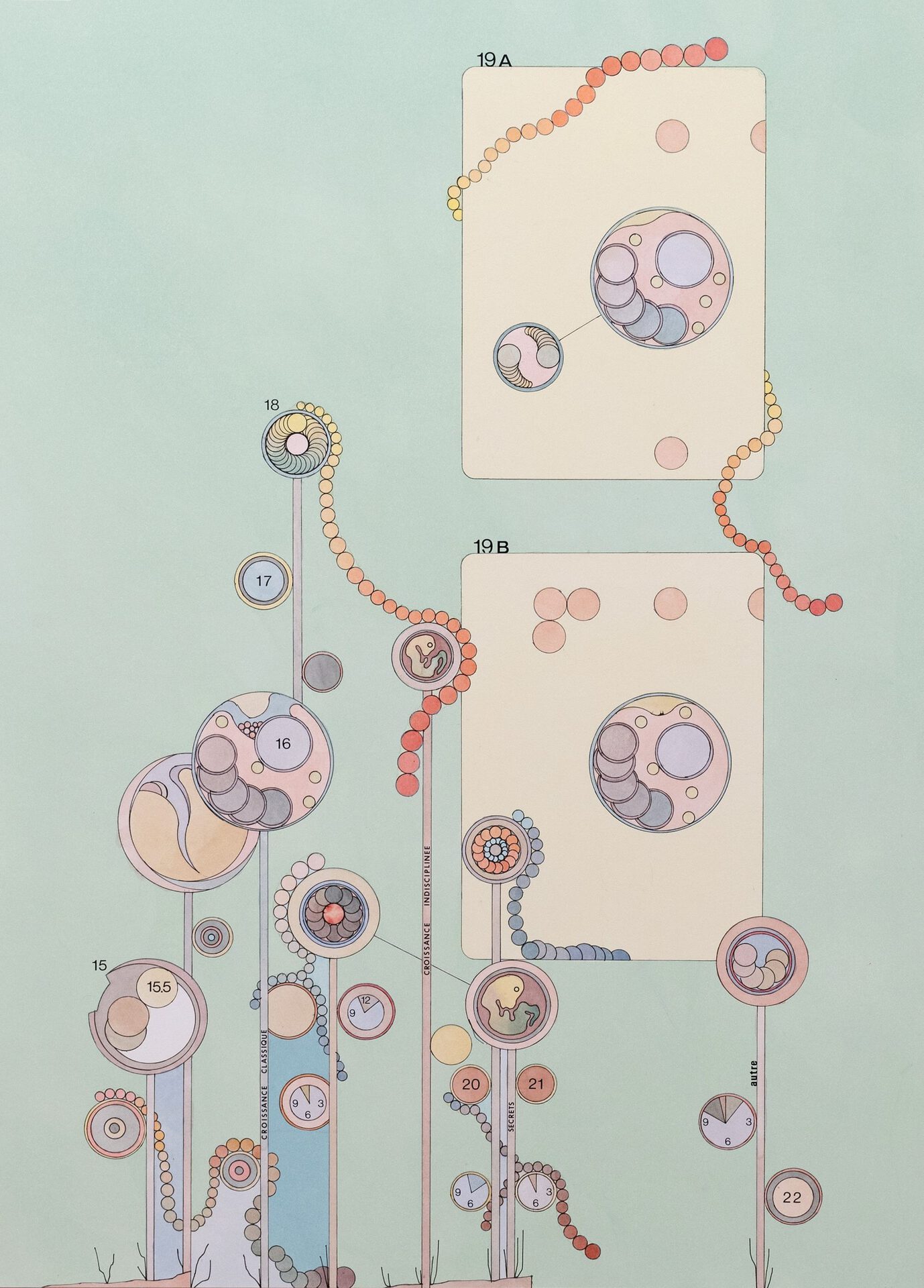


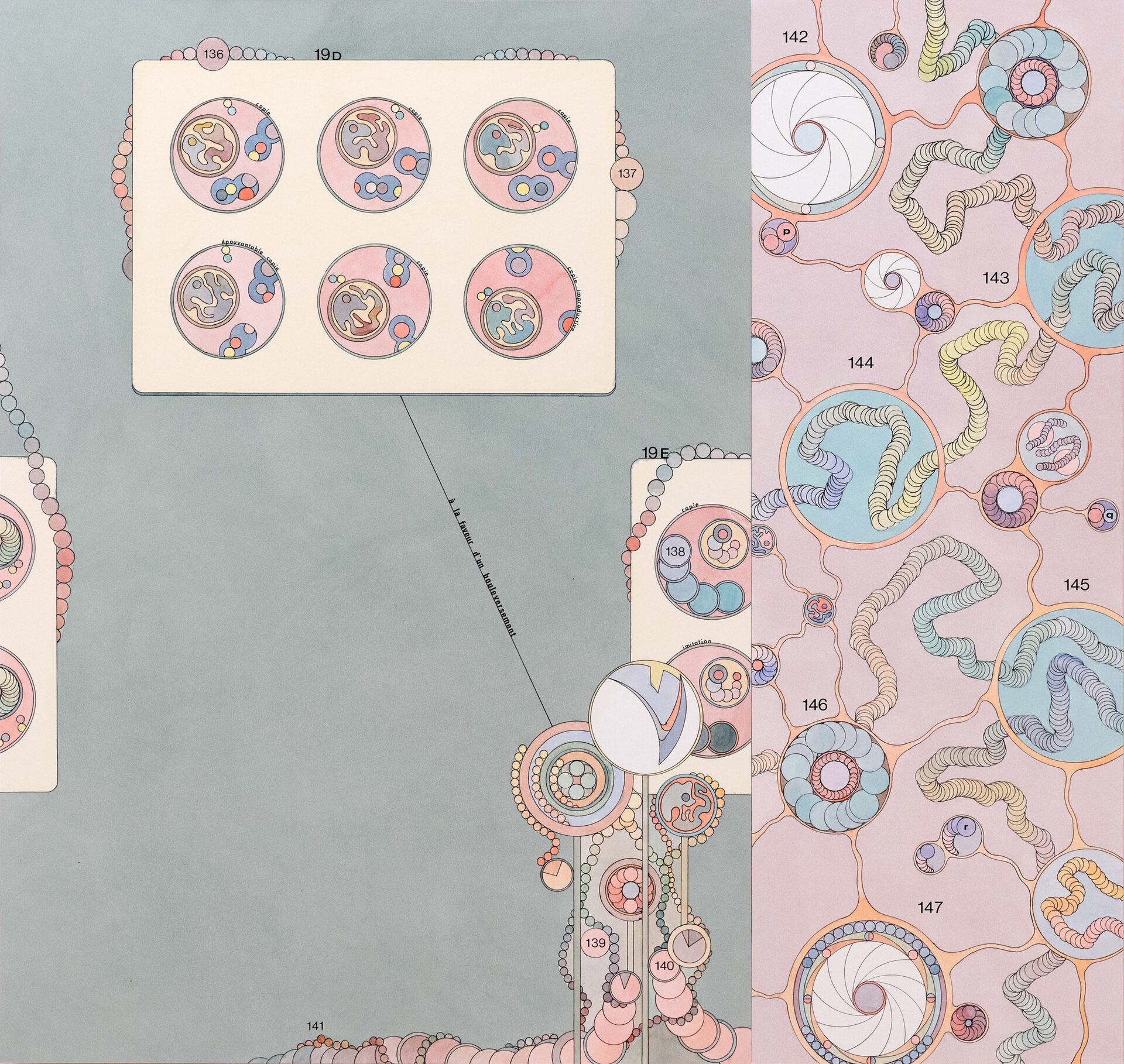
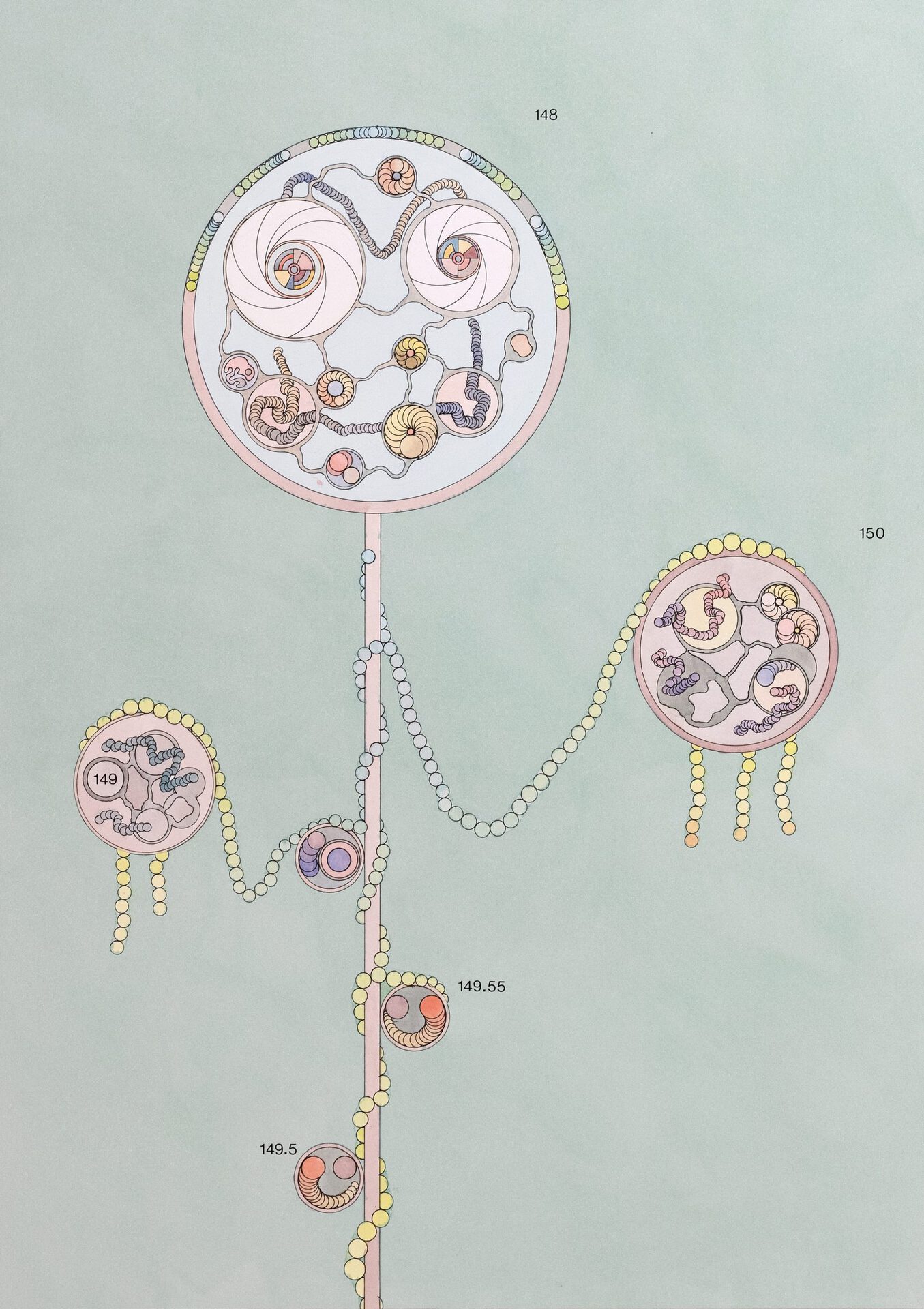
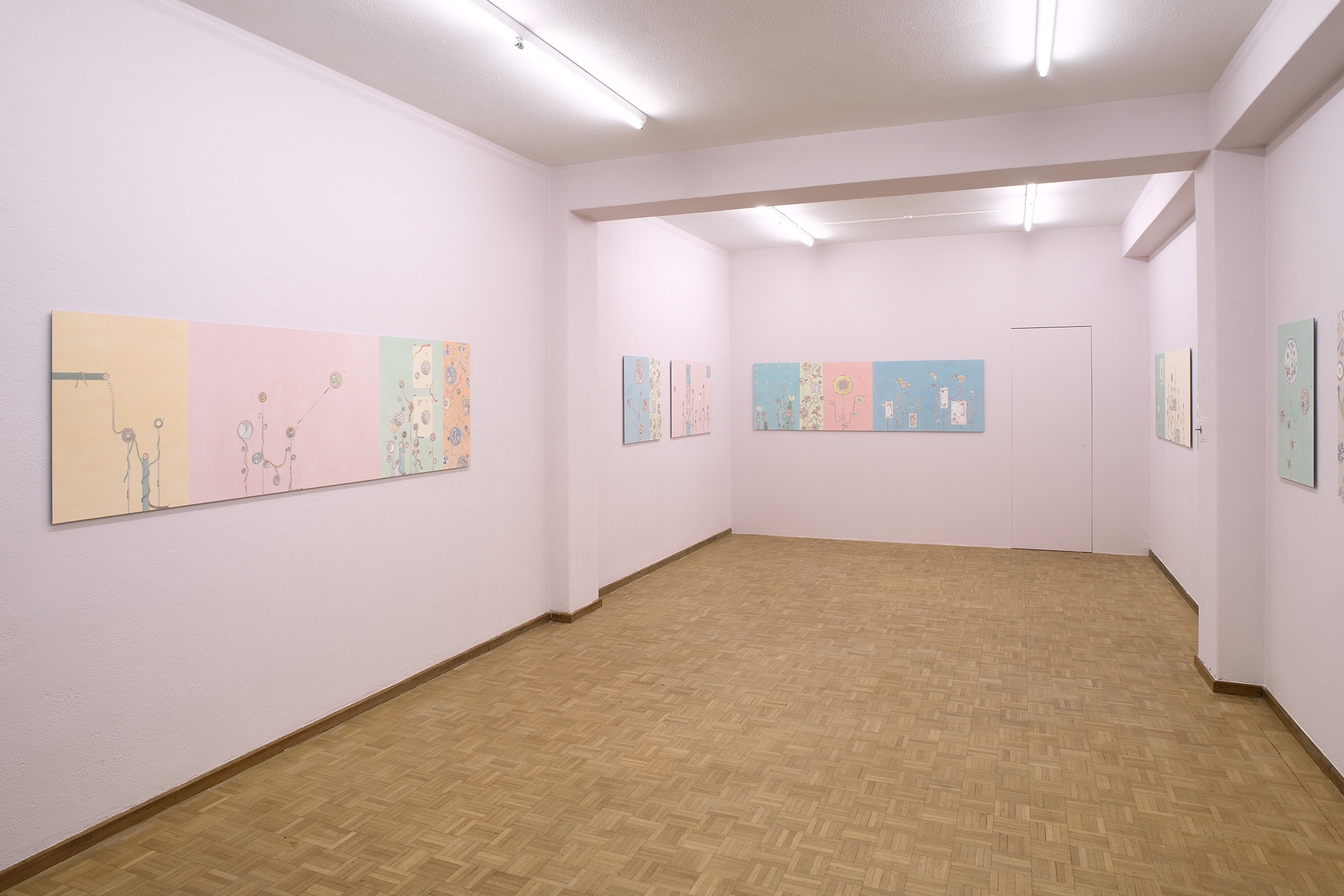

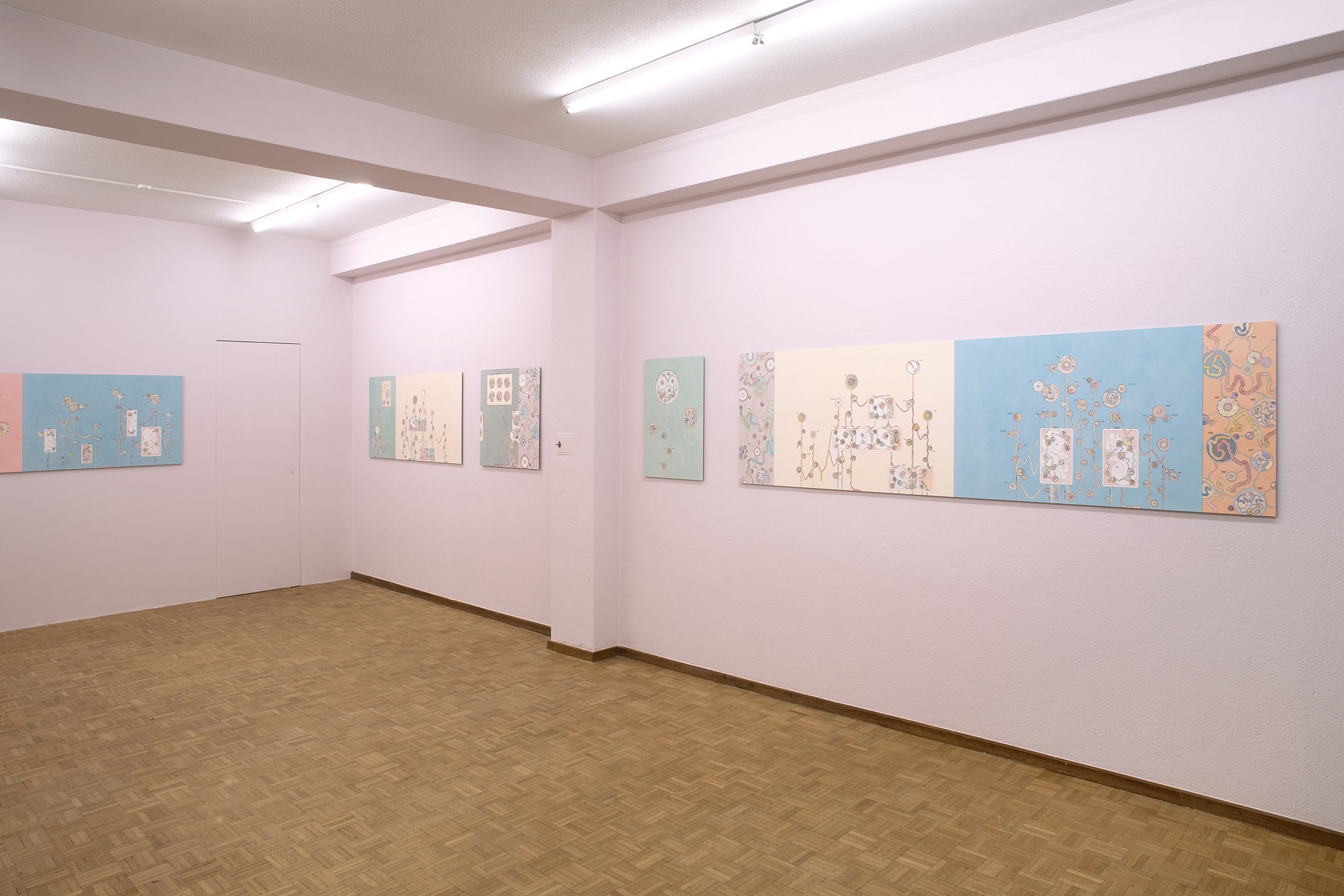
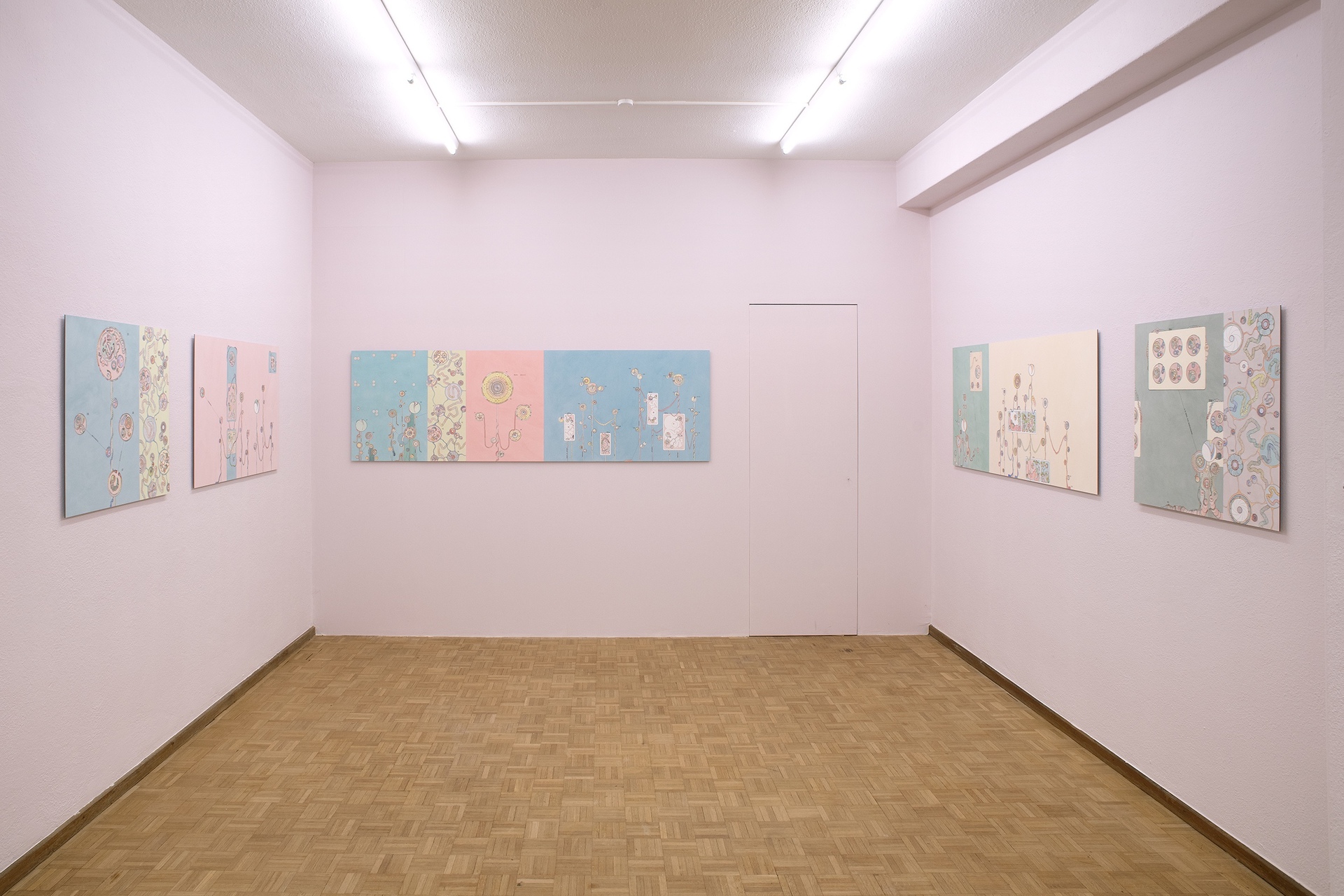
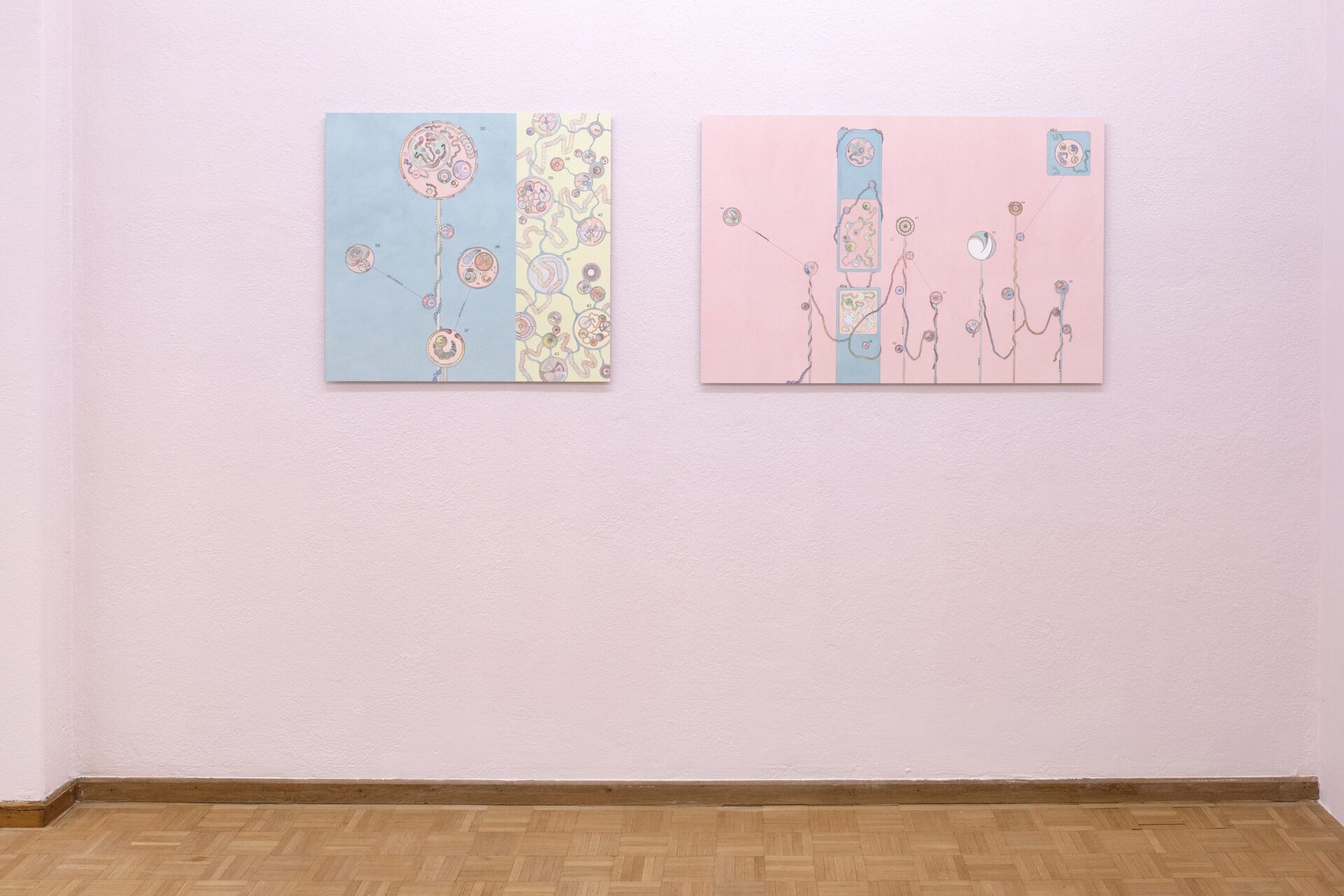

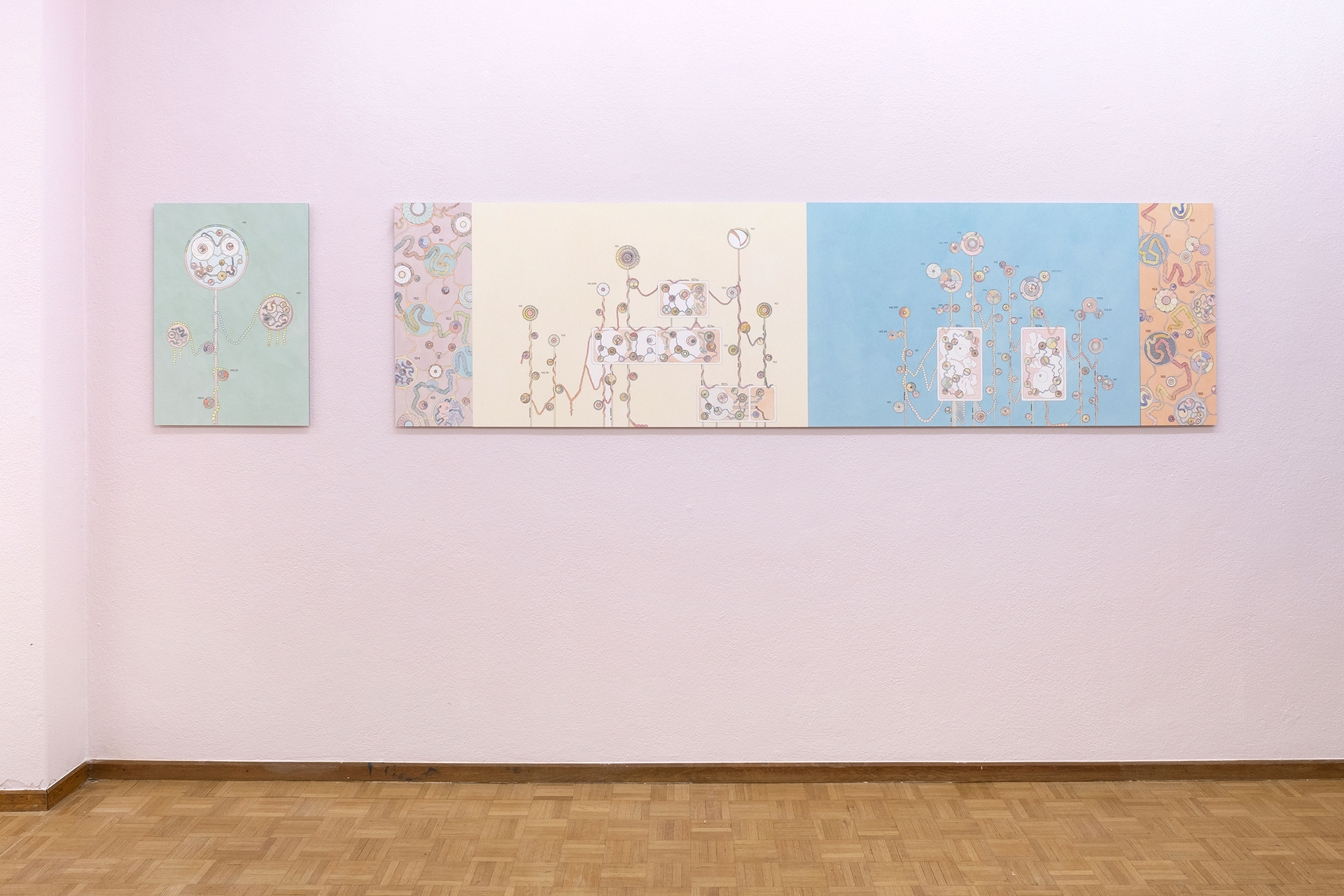
Location
SentimentDate
09.09 –05.11.2021Photography
Flavio KarrerText
Perversion of the human species. What dignity of man? The human has its conditions of possibility like any other complex form. (There are no simple forms). A conjunction of circumstances and a trembling image. An optical illusion, almost. Once, one might have had the audacity to search for the essence of the human elsewhere. In a total independence (i.e., a capacity for freedom), for example. Or in that which transcends. Or in what one medieval German mystic refers to as the uncreated (ungeschaffen): a kind of nothing found in the soul that elevates the human above all created matter (beasts, weeds, angels, etc.) and draws to closer, if not renders it identical, to God.
Schmalz says otherwise. Here, the gaze is redirected towards a certain externality, that is to say, towards a humiliating and ultimately indifferent contingency.
Superimposition of three modalities of movement: ascent, descent, stasis. The first movement is both real and ideal, that is to say, illusory. A certain progression is undeniably perceptible. One sees the stages of human growth and development, but corrupted: from bacterium, to larva, to embryo, to worm, to foetus. Stand up straight, boy. The movement culminates here, however, in foetus, as if all subsequent modifications were merely nominal and could be passed over in silence. Not uncreated then, but unborn.
Descent, the second movement, contrapuntal to the first, is real but indirect. Not immediately touching the human, the soundtrack locates this deterioration rather in its milieu or its conditions of possibility. The impersonal structures on which the human depends and of which it is a product are seen to decompose and fall apart. Health system, education, environment. The ground is burnt up.
The dominant modality, however, is clearly that of stasis (real and substantial). The two recognisably human movements (ascent as the progression and natural development of ‘man’, descent and decline as the coming to a close of a life fully lived, with perhaps a nod towards the old dreams of salvation and apocalypse) are subordinated to a fundamentally inhuman immobility. Observe the economy of images, the circulation of forms. Change seems to be modelled on repetition. Once again the same but inverted or doubled up or closer. The new forms are the old forms. Composition and decomposition become mere accidents of a more fundamental isomorphism. The human seems to be resolved into its bacterial components. If, here, ascent and descent are continuations of stasis by other means it is because the human is the continuation of the inhuman by other means.
And all is seen. All has been seen. But the infinite Being is quite superfluous. All possibilities, variations, modifications are exhausted by the process of binary fission. The aeon of the single celled organism.
Nathaniel Wooding